Yan-Aizu 柳津 - The town of the red cows 👹🍣🎎 Wonderful Japan
Fortunately, my stay here in the Land of the Rising Sun is not yet over, but looking back at it now, I have to consider myself extremely lucky for the many wonderful experiences I have already had in Japan. Even though the bigger trips through this country happened a few years ago and I have now mostly limited myself to excursions in the immediate vicinity, I have traveled and discovered quite a few regions of this fascinating nation in the Far East over time. Sometimes it seems to me that I have been to more places than many Japanese, who are usually too busy to travel and look around the world.
Of course, there are other reasons and excuses for staying at home and making yourself comfortable on the sofa, and I've already come up with one or two of them myself. But at the end of the day, I'm drawn out into the big wide world at every opportunity, which here in Japan seems to start right outside my own front door. Even there, I can often find so many interesting things to see and discover that I never get bored here and I assume that this situation could last forever.
Of course, the further I get away from home, the more interesting it becomes. The further away you travel, the less predictable and more exciting life becomes, and the more there is to experience. That's probably why I've been drawn out into the world for years, and I was very lucky to travel to some wonderful countries and get to know the land and its people. As I mentioned at the beginning, my big journeys into uncharted territory may be somewhat over and a thing of the past, but there is still a lot for me to see in our region as well. Some things I discover for the first time and others I enjoy seeing over and over again as they inspire me and put me in a good mood.
One of the places I always like to stop and look around is the small town of Yan-Aizu, which is located in the far west of Fukushima Prefecture.
Here we are in the so-called Aizu Province, which has a long and vibrant samurai history that can still be felt today, especially in the city of Aizu-Wakamatstsu. On our trips there, it has now become a habit for us to make a small detour on our return journey and stop off in Yan-Aizu, which is where I want to take you today.
So just sit back, relax and join me on a little trip to the town of the red cows.
Yan-Aizu is located on two bends of the Tadamigawa-river, which results in great panoramic views of the river and the bridges crossing it as well as the village nestling on its banks. It is probably this panorama that makes Yan-Aizu so appealing tome and which immediately fascinated me when I passed by here for the first time and suddenly saw the river in front of me. I have now managed to come here in all four seasons and can confirm, at least for myself, that the panorama, which you can enjoy from various points here, manages to inspire all year round.
We start our tour at Enzoji Temple, which you can already see in the first pictures. It is perched on a rock right at the bend of the river and is clearly visible from a distance. We approach via a side entrance and follow the steps that will take us up to the temple.
And here we discover the first hint of the mysterious red cows that you encounter everywhere in Yan-Aizu. These cattle, known as Akabeko, have become a symbol of this place and are also deeply rooted in the legends of the temple.
Perhaps I will be able to shed some light on the legend surrounding the Akabeko, as I have fortunately found a few helpful explanations. The internet and translation tools are great inventions, even if I would of course prefer to decipher information boards like this one on my own. But sometimes we all need a little help, in the end it's the result that counts. So here's what the Akabeko are all about:
Akabeko and the prayers for an end to the plague
Akabeko stains
The Akabeko papier-mâché is depicted with black spots. These represent smallpox. In earlier times, smallpox was a deadly and dangerous disease. It is said that the mortality rate was particularly high when small children were infected. The red cow figures were painted by proxy to protect children from this smallpox disease.
The red color of the Akabeko
In earlier times, the color red was regarded as protection against diseases and this idea was adopted from China. In the Edo period (1603-1868), it was believed that the god who caused the diseases liked the color red, so people tried to entertain the gods by using the color red and asking them to relieve the ailments of the sick, which is commonly known as "akamono".
The legend of Akabeko
Around 400 years ago, a major earthquake shook the Aizu region. At that time, the Kura-dera temple, lodgings, private houses and other buildings collapsed, resulting in many deaths. Afterwards, when people had difficulty carrying large beams up from the riverbank to rebuild the main hall, a large herd of red cattle appeared from somewhere and helped to carry the timbers. Thanks to them, the people were able to rebuild the hall successfully, and they were overjoyed. However, the red cows disappeared before the hall was finished. People thanked the red-haired cows and worshipped them as "Akabeko", symbols of endurance and strength, and as good luck charms, and the town of Yanaizu is said to be the birthplace of the red cow legend.
Akabeko is said to be a toy that wards off smallpox. Smallpox was the first infectious disease in human history to be successfully eradicated. Just as smallpox was eradicated in the past, we will surely be able to overcome our difficulties if we work together and combine our knowledge and technology.
With this knowledge in mind, we continue on to Enzoji, whose origins are said to go back as far as 1200 years. As the temple is built on a hill, you first have to walk up a few steps, but once you get there you don't even have time to catch your breath, as the complex quickly captivates you and you are full of excitement as to what there is to discover here.
Like this tiger that was waiting to greet us. I would love to have a picture like this in my home, even if I don't know exactly where I should put it or hang it up. But I would certainly find a place of honor.
The main hall of the temple on the hillside is made of wood and dates back to the Edo period. It is built in a similar style to Kiyomizudera in Kyoto and has a large balcony from which you have a great view over the Tadami River. The Enzoji's balcony was once made of wood, but was replaced by a concrete balcony in the post-war period, probably for safety reasons.
Around the main hall you will find several constructions, such as this small bell tower, in front of which some tooros are placed, these stone lanterns that can be found in many temples, but also in shrines and gardens throughout the whole of Japan.
From a little higher up you have a charming view over the grounds and between the green trees you can make out one of the red bridges that cross the Tadami River in the background. But we'll get there later.
We stay a little longer in the temple and take a look at the basin for ritual hand cleansing, which is guarded by a small dragon. As usual, he makes sure that no one steps out of line and causes trouble, and we also approached him respectfully and paid our respects.
Whether cow or bull, people here seem to have had good experiences with cattle. As a result, you can find several statues of cattle in the Enzoji temple, some of which are made of stone or, as here, bronze. Many visitors rub the bull in places where they themselves would like to improve their ailments, resulting in unusually smooth or worn areas around the places people feel discomfort.
And here we finally have one of the previously featured Akabeko, waiting for visitors on the balcony of the Enzoji. Today, the red cows have a bobbing head, which is a post-feudal invention that quickly overtook the stiff cows in popularity when it first came out.
But for the moment, let's enjoy the view over the river landscape. In front of us, we can also see two of the bridges that cross the Tadami River here and which contribute to this fantastic panorama. As I've already written, I'm a bit addicted to this scenery and I'm always amazed at what I get to see here. How could you not like this view?
We now leave the temple and this time take the main entrance, which for us becomes the exit. Again, there is a long flight of stone steps that you have to climb up if you want to get to the main hall. For us, however, we went down, turning around every now and then to make sure we didn't miss anything. We have now visited the Enzoji Temple a few times and I'm sure that we will do this again.
On our tour through the village, we came across another Akabeko, which was in a very prominent position. From here you have another great view, on one side up to the temple we had just come from....
...and in the other direction across the river to one of the bridges over which the main road leads.
Right next to us was a smaller suspension bridge, which you can also cross by car and which looks a little more romantic than the larger red steel structures spanning the river to the left and right of it.
They also offer short boat tours here in Yan-Aizu, where you can explore and enjoy the scenery directly from the water of the Tadamit river. I'm always enthusiastic about river landscapes, especially in the mountains, and here in Japan I can explore a lot of them on my trips.
In spring, people in Yan-Aizu too are eagerly awaiting the cherry blossom, and during this time, the banks of the Tadami River are also filled with decorations. And this is when our Akabeko come into play again, as she looks great on the lanterns as well.
A little further along the river there was another viewpoint from where we had a great view over the water and its bridges up to the temple. I now have to stop at this exact spot every time I come to this town, and this very view has practically become a must-see whenever we pass by.
I then walked on the red bridge to checl out the view from there and I wasn't disappointed. Most visitors probably don't come here, but I didn't want to miss this opportunity. Because, as I already mentioned, it's these great panoramas that inspire me the most here in Yan-Aizu and which unleash their charm at any time of year. And which will bring me back here over and over again.
At the end we have a few more red cows. We have already seen this one up close and now we are watching her while standing on one of the red bridges. She doesn't seem to notice us, at least she doesn't show any signs of it.
Here we are in front of the local post office, where a small Akabeko sits enthroned on a letterbox, which is also designed entirely in the style of the red cow.
But our red cow also looks good on more traditional letterboxes and seems to enjoy posing for everyone. As usual, my camera had a lot to do with the many photo opportunities and motifs that can be found on every corner here in Yan-Aizu.
The red cow also does quite well as a inflatable castle and so far this has been the biggest Akabeko we have discovered.
Hopefully we'll manage to top that one day too, which I'll be sure to report on.
For today, this was our short, cheerful tour of Yan-Aizu, the city of red cows. I am very happy and grateful to have discovered this small town in the mountains of Fukushima and since then a stop here has been a regular part of our trips to the Aizu region. Here in the heart of Japan, history, culture and nature invite you to discover and explore and we will certainly be coming back here several more times. It is often the familiar places where you feel most at home and which still have something new to offer even after several visits.
Besides all the familiar places, there is still so much new territory to discover in Japan and I still have so many places on my long list that I would like to visit. Let's see where we will go this year and what there is for us to see. I'm already looking forward to all the adventures that are still to come and all the impressions that I can gather there. So please check back here soon when I post new pictures from the Land of the Rising Sun. There is still so much to show....

[//]:# (!pinmapple 37.53296 lat 139.72455 long Yan-Aizu 柳津 - The town of the red cows 👹🍣🎎 Wonderful Japan d3scr)

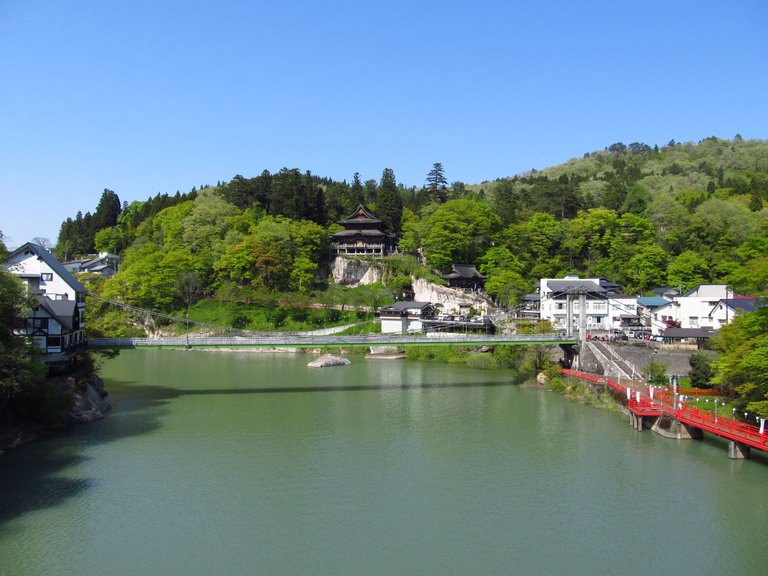
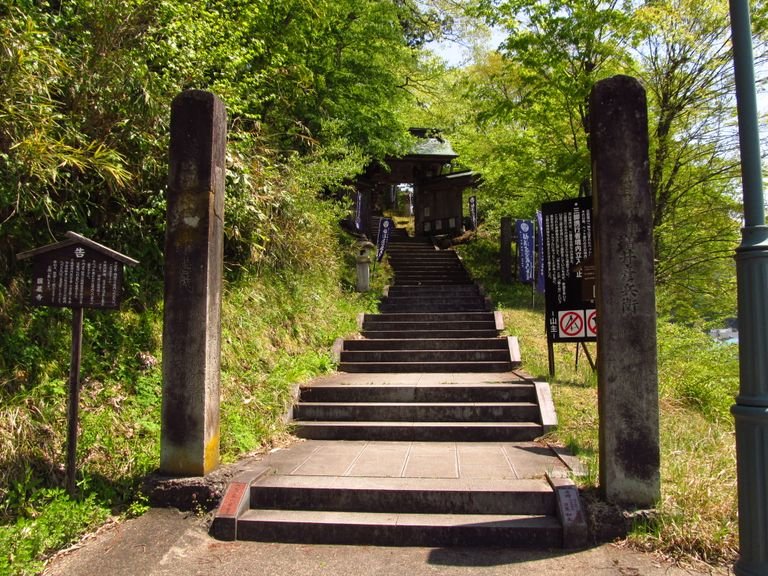

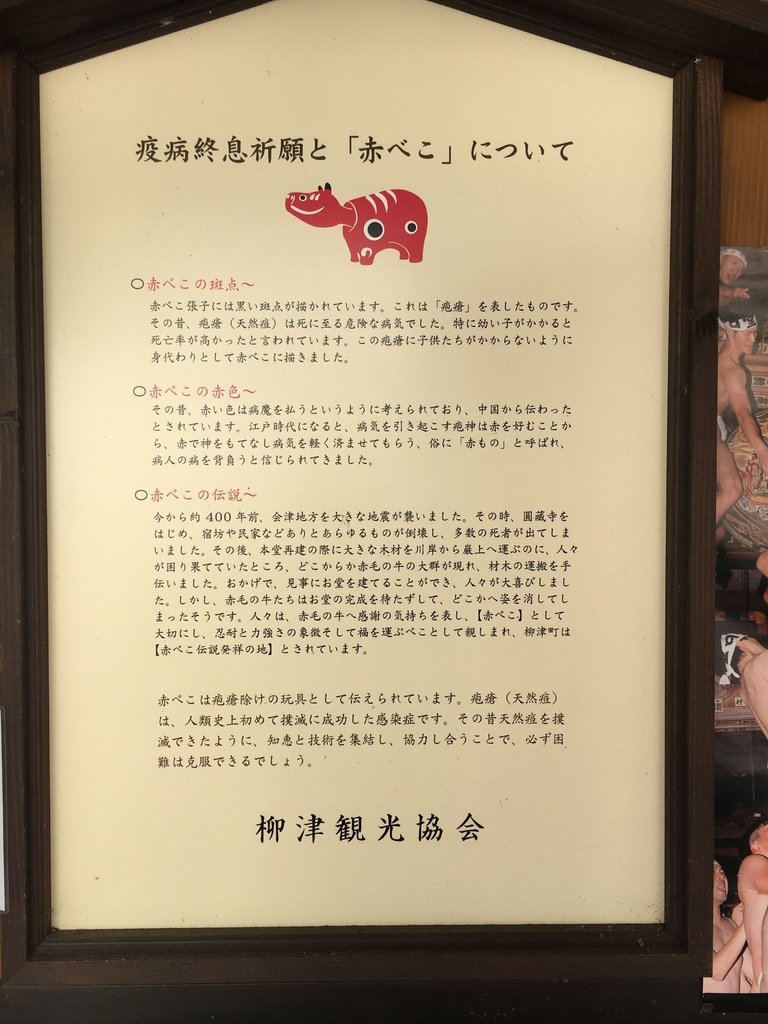
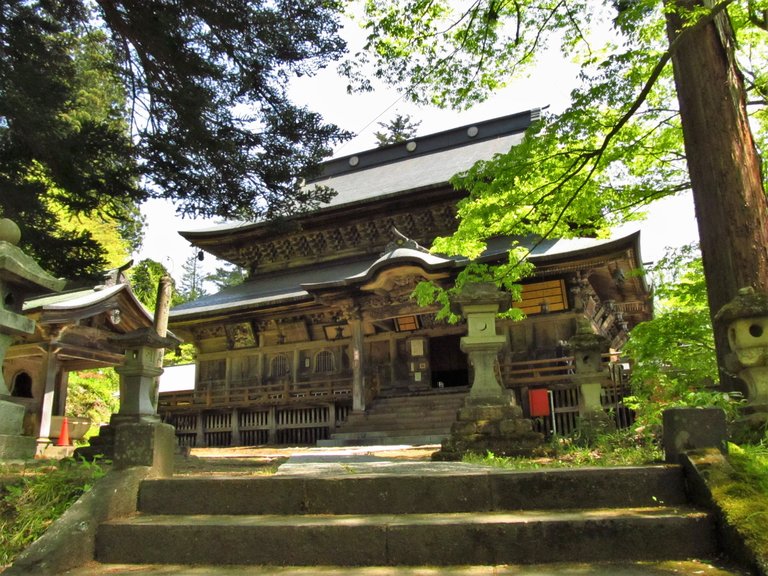
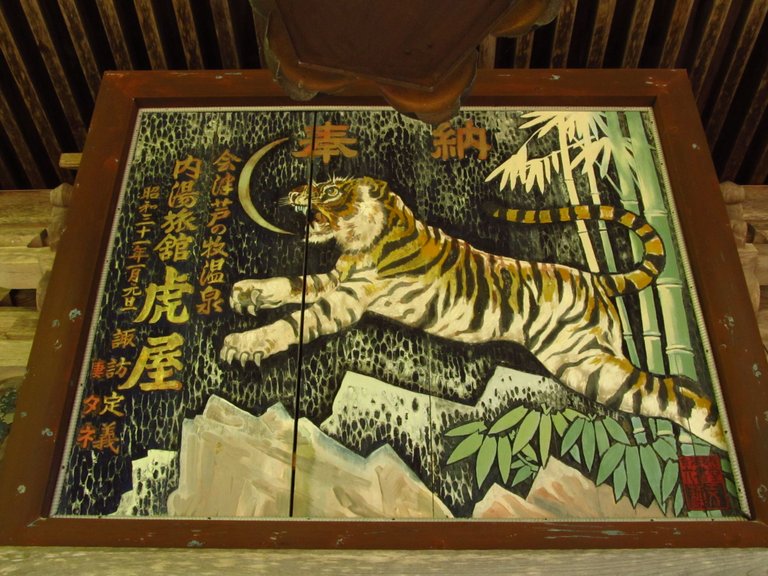
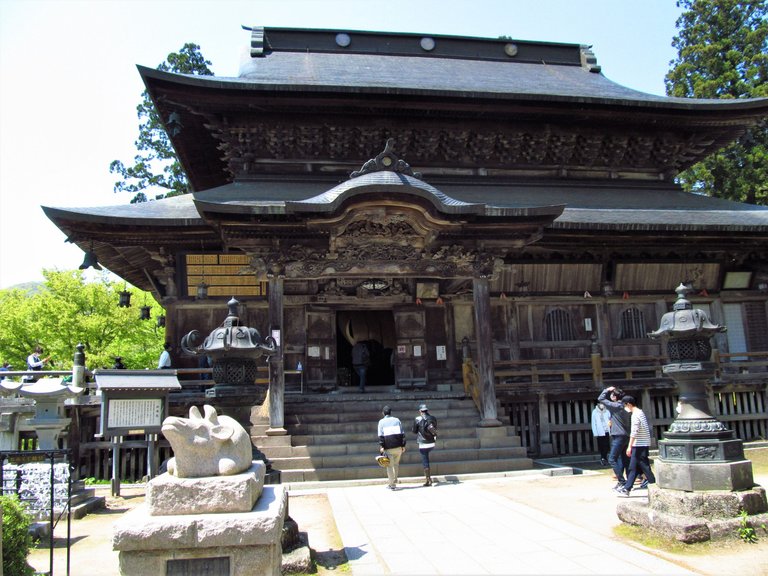
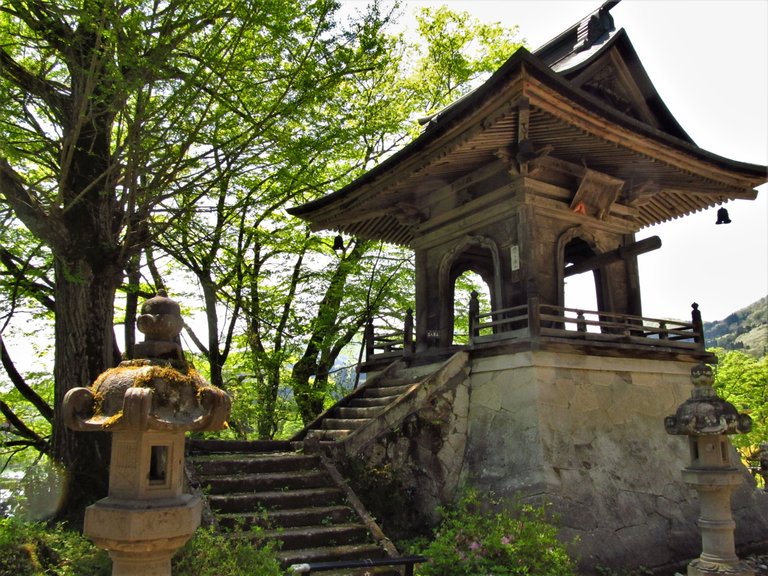
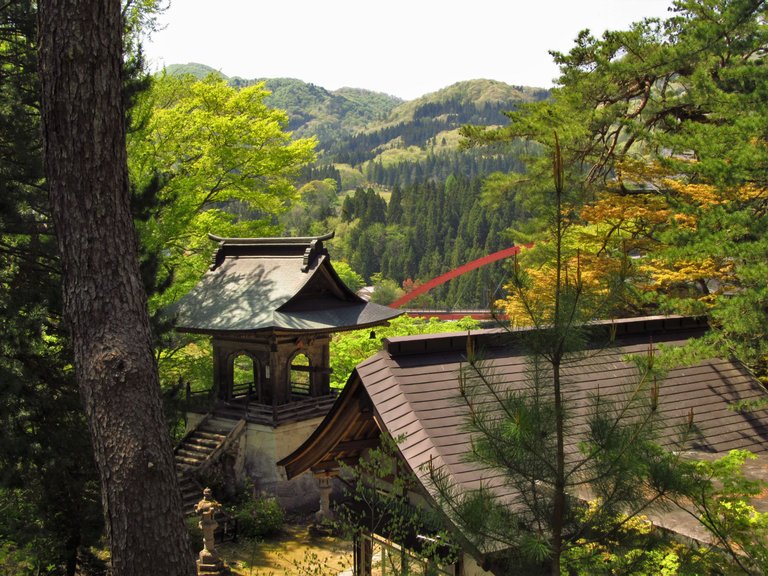
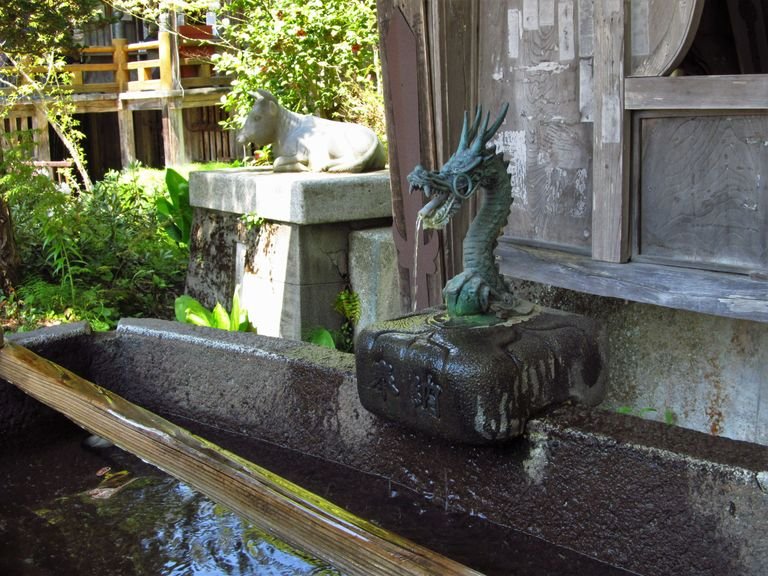
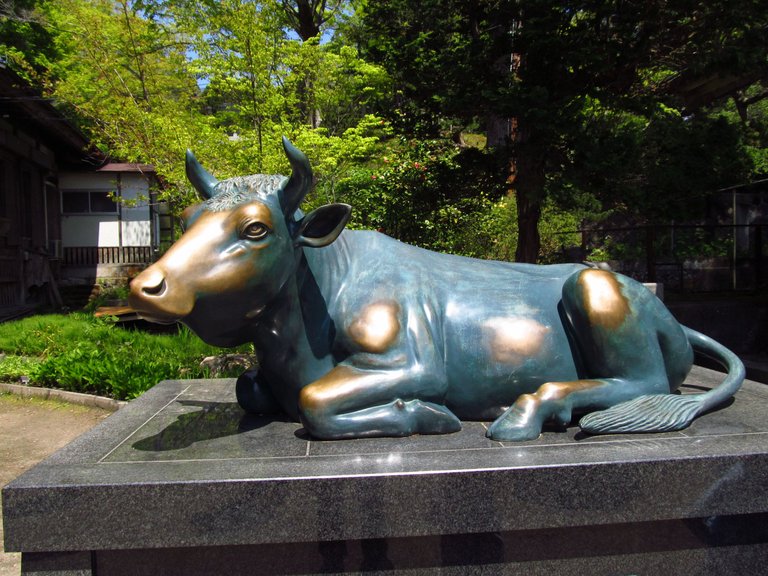
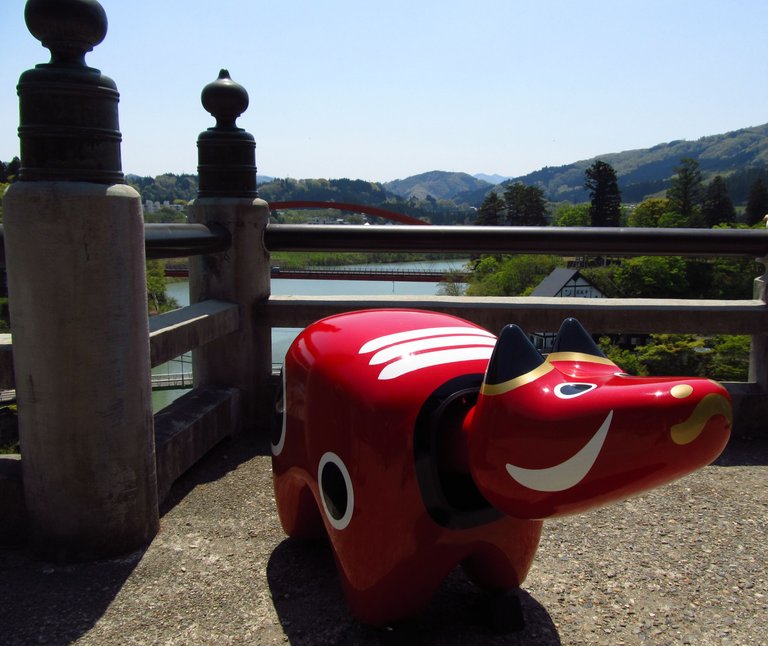
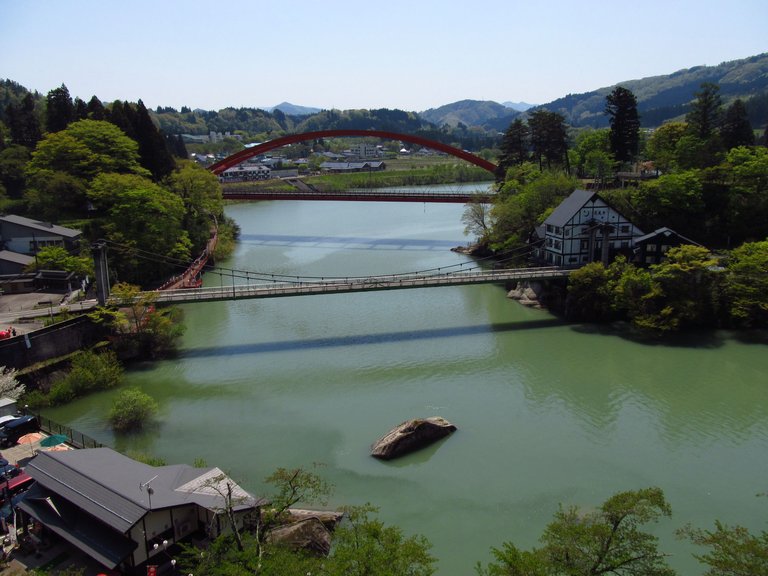

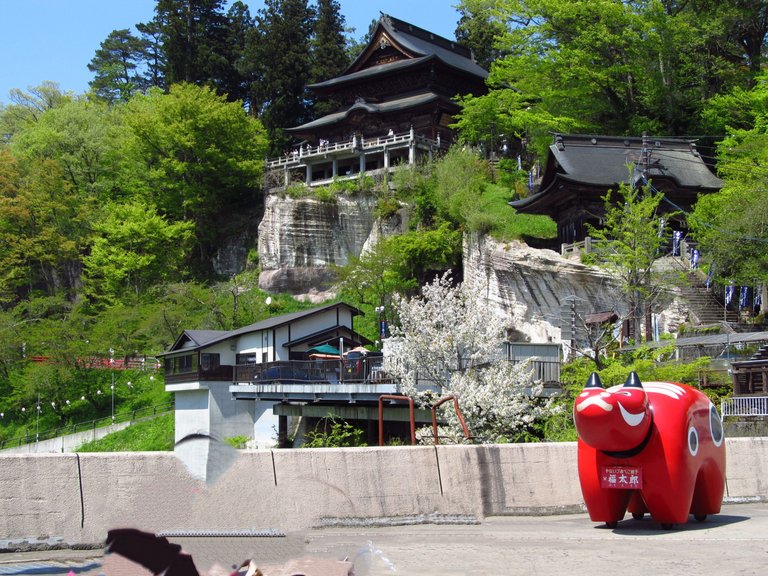
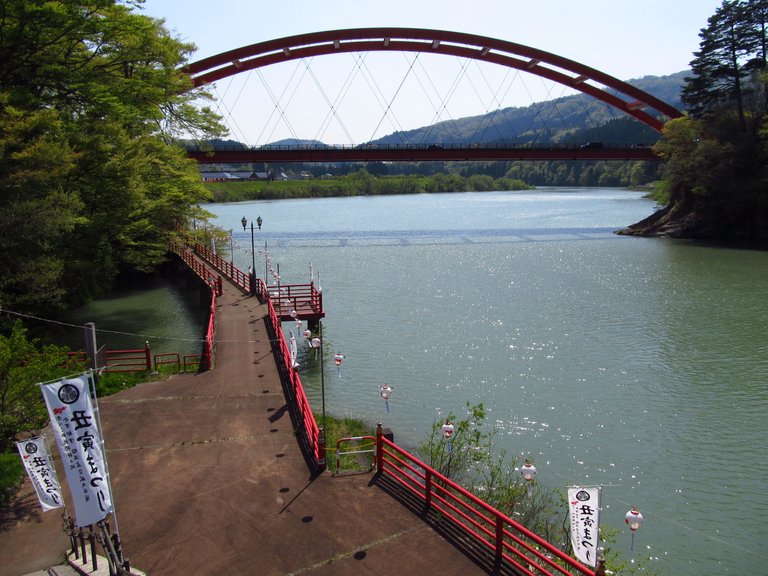

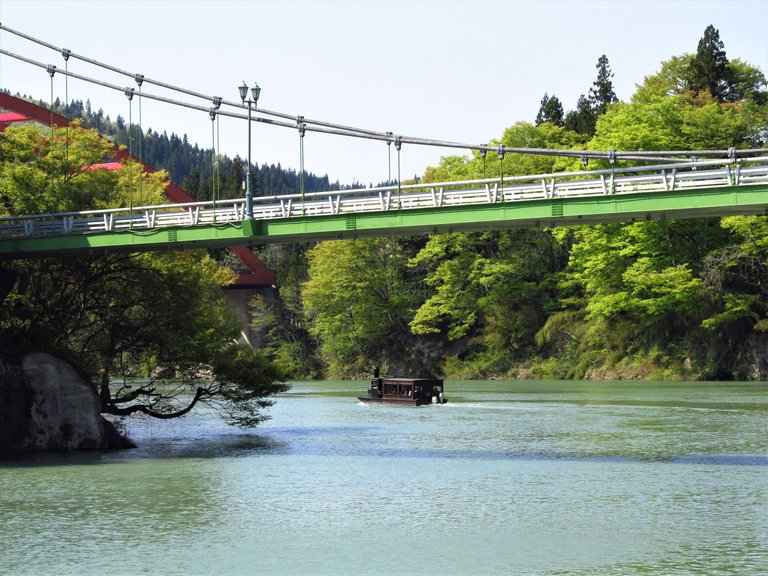

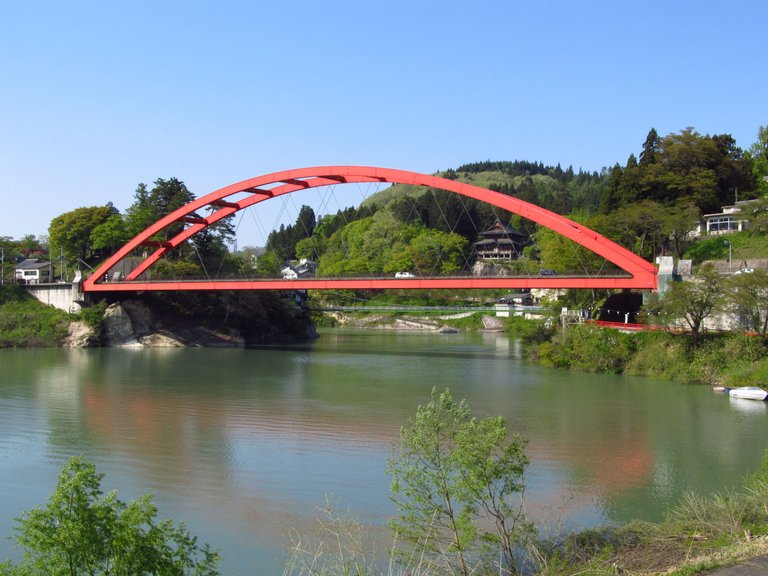
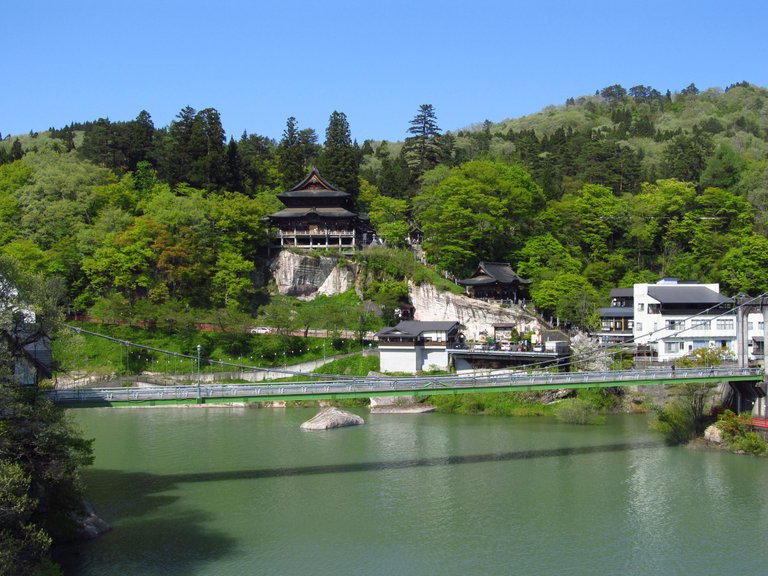
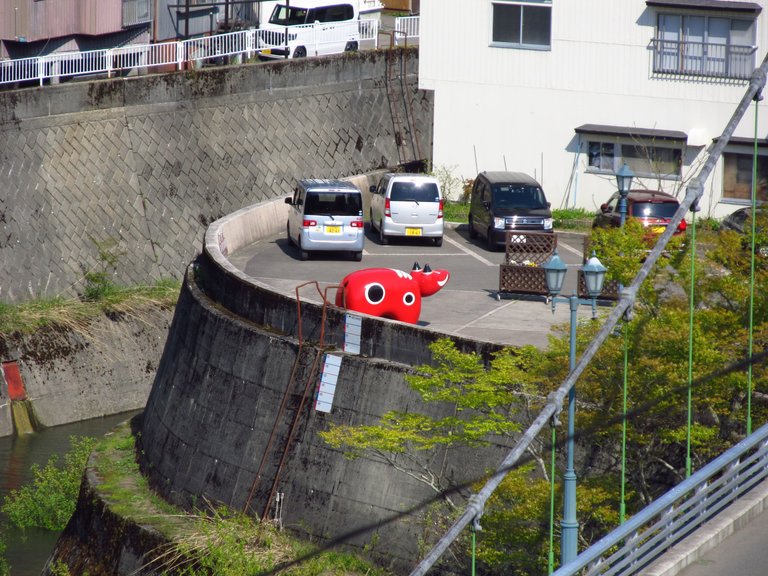
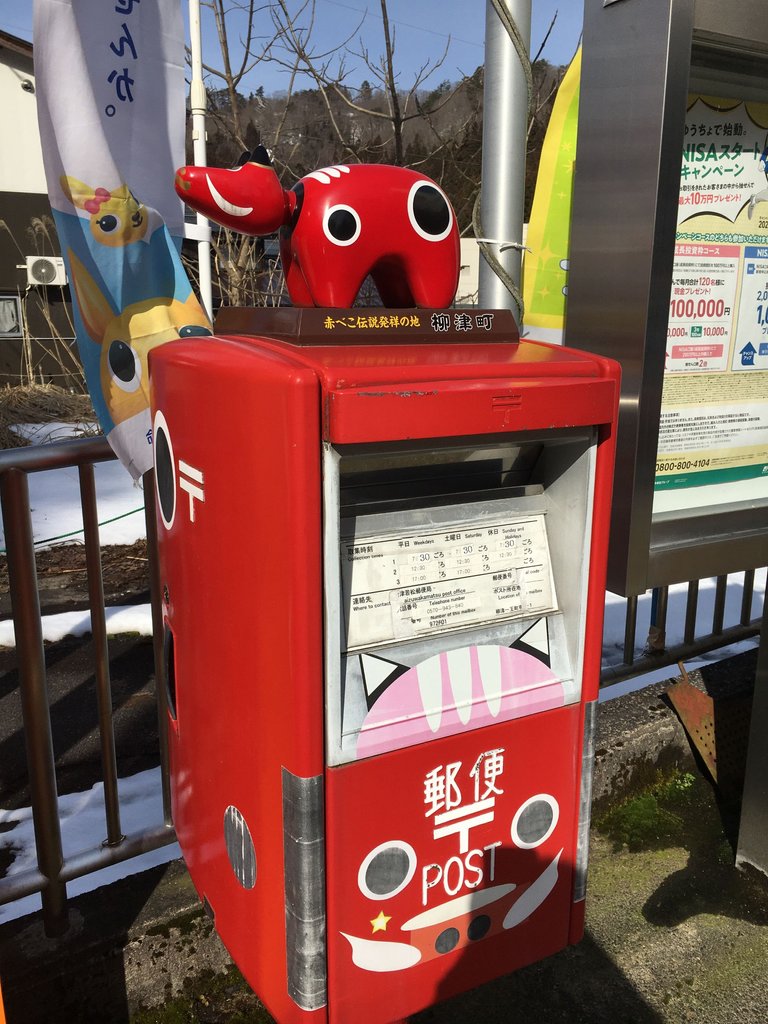
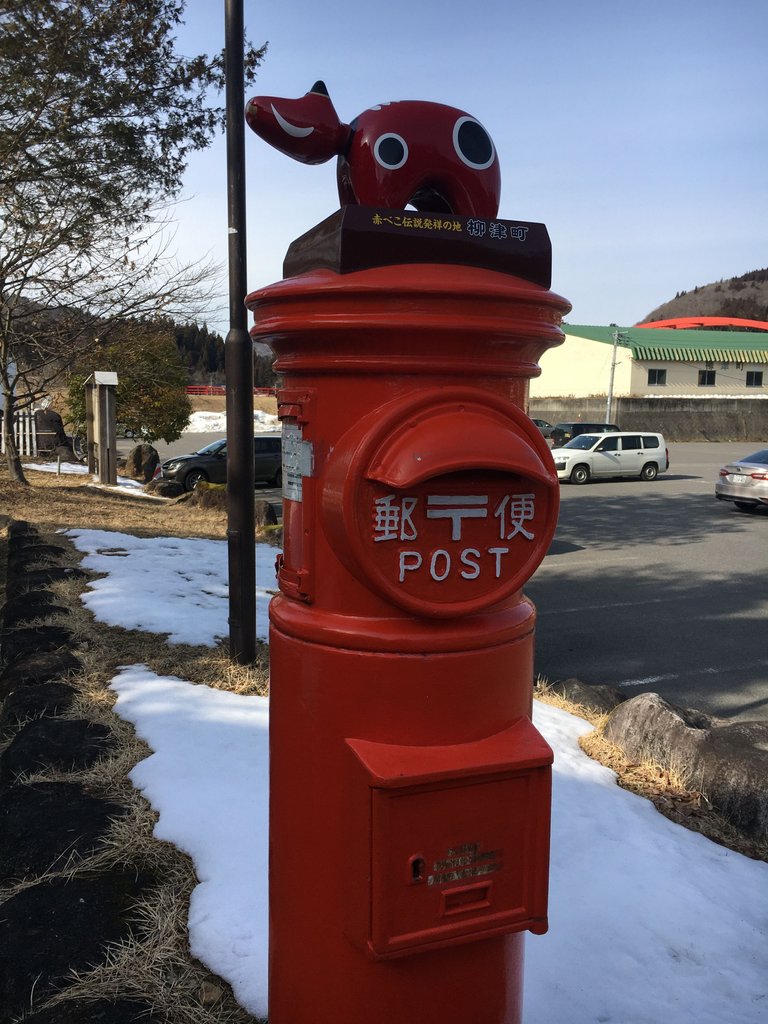


Congratulations, your post has been added to Pinmapple! 🎉🥳🍍
Did you know you have your own profile map?
And every post has their own map too!
Want to have your post on the map too?
!BEER
Hiya, @ybanezkim26 here, just swinging by to let you know that this post made it into our Top 3 in Travel Digest #2168.
Your post has been manually curated by the @pinmapple team. If you like what we're doing, please drop by to check out all the rest of today's great posts and consider supporting other authors like yourself and us so we can keep the project going!
Become part of our travel community: